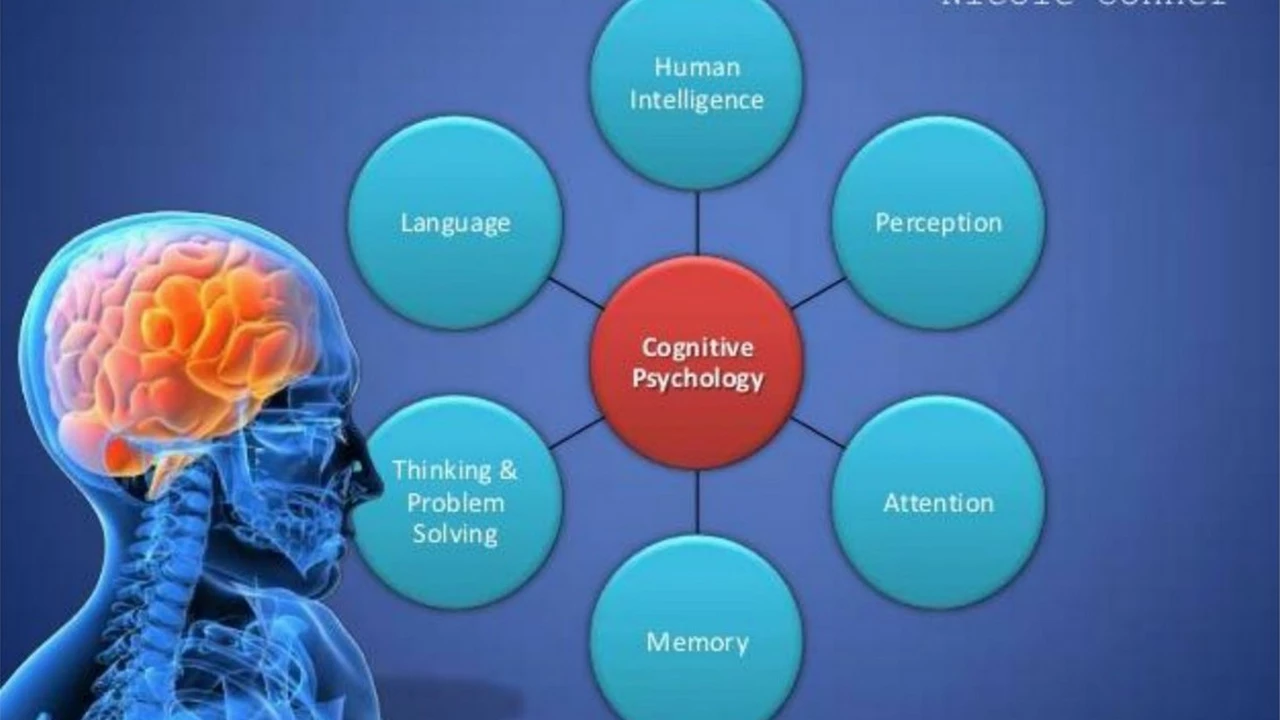Your Go‑To Guide for IT Education and Career Growth
Ever felt overwhelmed by the endless stream of new tech? You’re not alone. In the fast‑moving IT world, knowing where to learn and what to focus on can make the difference between stalled progress and a thriving career.
First off, pick a learning source that actually works for you. Sites like W3Schools or the Mozilla Developer Network give bite‑size tutorials that you can finish in an afternoon. If you prefer deeper dives, blogs that review emerging tools—think Smashing Magazine or CSS‑Tricks—offer hands‑on examples you can try right away.
Why IT Education Matters in Every Job
Technology isn’t just for developers; it powers every business today. When you understand tools like data analytics, automation, or cloud services, you become the person who can streamline a process and save the company time and money. That’s why tech literacy is the backbone of modern business growth.
Even in non‑technical roles, basic coding knowledge (Python is a good starter) helps you speak the same language as engineers. It also opens doors to high‑paying fields such as AI, cybersecurity, or the booming arena of quantum computing.
How to Stay Updated and Boost Your Career
Want to land that dream tech job? Start by tracking a few reliable news sources. Subscribing to RSS feeds from top blogs, listening to tech podcasts, or watching YouTube channels that break down new frameworks can keep you ahead of the curve without drowning in information.
Don’t forget the power of community. Join forums, attend webinars, or hop into Discord groups where professionals share real‑world challenges and solutions. Those conversations often reveal gaps you can fill with a short online course or a hands‑on project.
If you’re debating which tech to specialize in, consider where the market is headed. AI and machine learning continue to dominate, but cybersecurity talent is in record demand. Quantum computing, though niche, is already offering roles like algorithm specialist or hardware designer—think of it as taking a career leap into the future.
For teachers or anyone curious about modern classroom tech, look at tools like interactive whiteboards, learning management systems, and coding kits that let students build simple apps. Using these in a classroom setting not only engages learners but also gives you practical experience you can showcase on a résumé.
Finally, set a learning schedule that fits your life. Even 30 minutes a day, split between reading an article and coding a tiny project, compounds into solid expertise over months. Treat each session like a small win and watch your confidence grow.
In short, IT education is less about memorizing facts and more about building habits—reading the right sources, practicing consistently, and connecting with others. Follow these steps, and you’ll stay relevant, land better opportunities, and maybe even enjoy the journey along the way.
